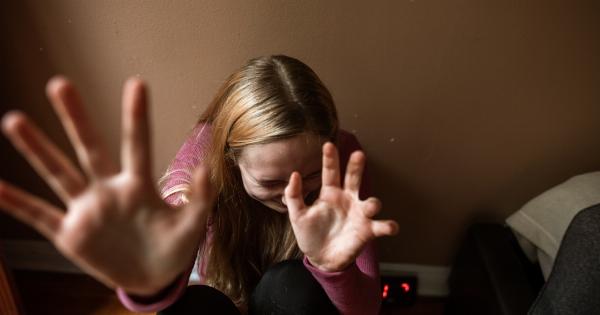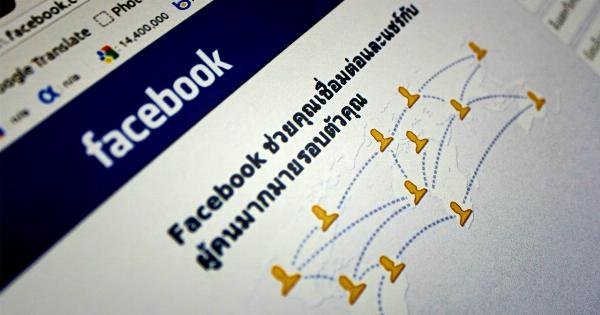Domestic violence has been a major issue in many societies and has continued to grow silently with most victims feeling helpless and vulnerable. However, the problem has increasingly become worse with the advent of technology and the internet.
That is why the European Law Academy for Social Welfare and Child Protection (ELAS) has developed guidelines for preventing domestic violence and ensuring child welfare online.
What is Domestic Violence?
Domestic violence refers to physical or emotional abuse that occurs between people who have or had a personal relationship. It could happen between married couples, people in a romantic relationship, or family members.
Domestic violence is a pattern of behavior that involves using intimidation, threats, or violence to gain and maintain power and control over someone. It can take many forms, including physical, emotional, verbal, financial, and sexual abuse.
The Role of Technology in Domestic Violence
Technology has made communication and interactions easier, quicker, and cheaper. While that is commendable, it has its downside, especially regarding domestic violence and child welfare.
Technology has made it easy for perpetrators to stalk, harass, and intimidate their victims with the use of social media, emails, and text messages. For instance, perpetrators can use GPS tracking devices and spyware to monitor their victim’s location and activity. They can also use technology to gain access to their victim’s passwords and online accounts.
How ELAS Guidelines Can Help Prevent Domestic Violence and Ensure Child Welfare Online
The European Law Academy for Social Welfare and Child Protection (ELAS) has developed guidelines to help prevent domestic violence and ensure child welfare online.
These guidelines are intended to assist governments, NGOs, and other stakeholder organizations in developing policies and programs to address the issue.
Guidelines for Preventing Domestic Violence Online
1. Awareness and Training
Education, awareness, and training programs can help individuals understand what domestic violence is and how to identify it.
Governments and NGOs should develop and implement awareness campaigns that help people understand what domestic violence is, its impact, and how to report it.
2. Confidentiality and Privacy Protection
Victims of domestic violence need to feel safe and secure when reporting cases to authorities.
Governments and NGOs should develop policies that protect the privacy and confidentiality of victims to encourage them to come forward to report cases of domestic violence. Privacy and confidentiality should also be observed when handling online abuse cases.
3. Clear Procedures for Handling Domestic Violence Cases
Clear procedures for responding to domestic violence cases should be established and communicated to relevant stakeholders. Governments and NGOs should develop and implement guidelines on how to handle domestic violence cases both online and offline.
4. Legislation and Law Enforcement
Domestic violence is a crime, and governments should implement laws that penalize perpetrators of domestic violence.
Law enforcement agencies should be trained on how to handle domestic violence cases and ensure that cases are adequately investigated and prosecuted.
5. Access to Services and Support
Victims of domestic violence need access to services and support to help them recover from the trauma and rebuild their lives.
Governments and NGOs should develop and fund programs that provide support to victims, including counseling, medical support, emergency accommodation, and legal aid.
Guidelines for Ensuring Child Welfare Online
1. Education and Awareness
Parents, caregivers, and children need to be educated on how to stay safe online.
Children should be equipped with knowledge of how to be safe, avoid risky website and activities, to protect their private information and to report any misuse online to trusted adults. Parents should ensure that they communicate and educate them on what they should post or not post online.
2. Internet Governance and Policies
Governments, ISPs, NGOs, and other relevant organizations should collaborate in developing policies to protect children online. These policies should focus on regulating content, online advertising, social networking sites, and online gaming platforms.
The European Union has introduced the General Data Protection Regulation (GDPR) to protect children and their online activities.
3. Legal Framework and Law Enforcement
Governments and law enforcement agencies should develop laws that protect children against online abuse, exploitation, and exposure to harmful content.
Child protection authorities should be trained on how to recognize and handle cases of child abuse online. Children should be encouraged to report any form of online abuse.
4. Use of Filtering and Blocking Technologies
Filtering and blocking technologies can help protect children from accessing inappropriate content and from online predators.
Governments should work with ISPs and other relevant entities to develop and implement filtering and blocking technologies on internet networks.
5. Support and Services
Children who have been abused online need support and services to help them regain their well-being.
Governments and NGOs should develop and fund programs that provide support to children, including counseling, medical support, emergency accommodation, and legal aid.
Conclusion
Domestic violence and child abuse are critical issues that need to be addressed urgently. The ELAS guidelines provide a framework for preventing domestic violence and ensuring child welfare online.
Governments and other stakeholders should implement these guidelines to protect their citizens and especially those that are vulnerable. Awareness, education, and support are key actions that will help prevent domestic violence and ensure child welfare online.



























